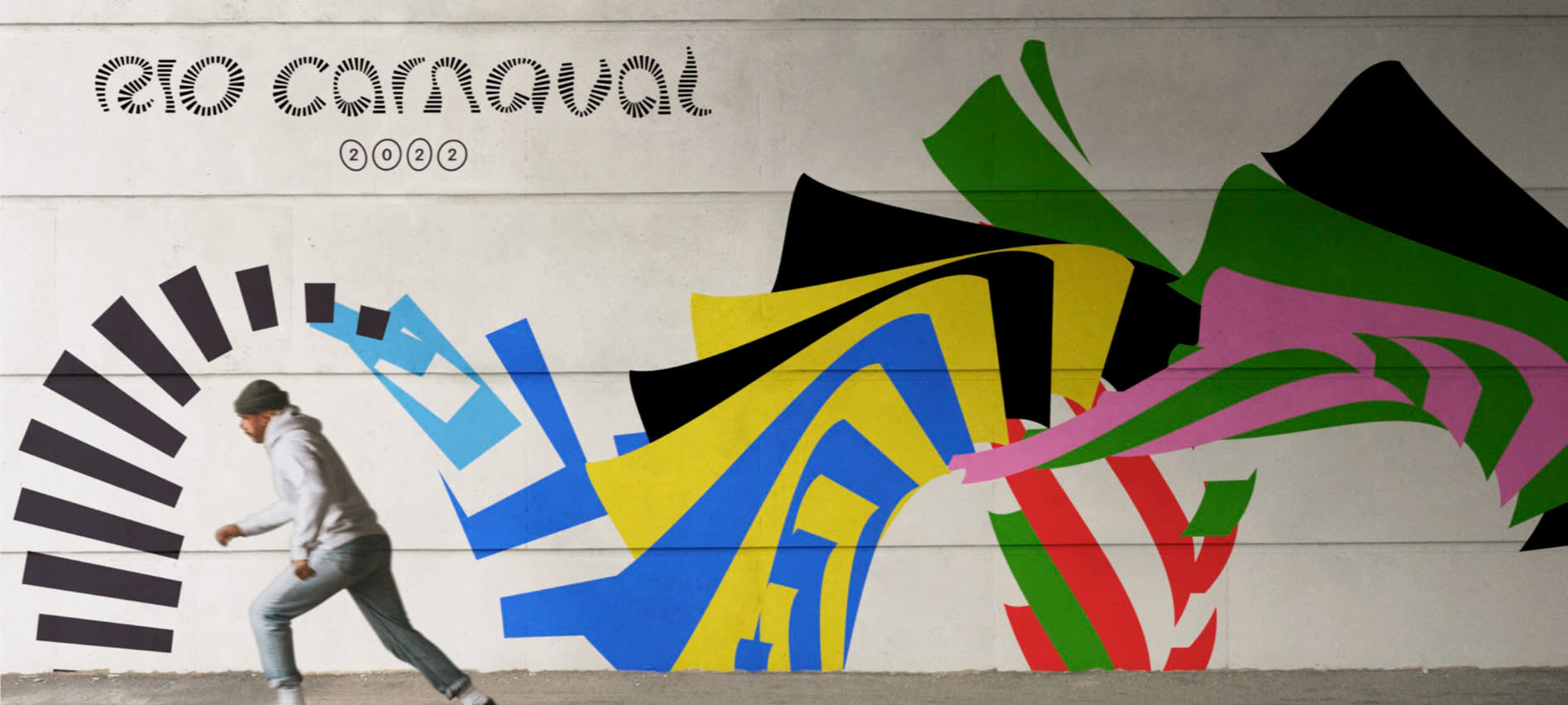How to make it... as a Brazilian Graphic Designer abroad?
The creative fields - architecture, design and advertising - are undoubtedly some of the most incredible places to start your career. But it's not always easy to get your foot in the door - especially in another country.

We spoke with Bruno Porto, Brazilian graphic designer, illustrator and educator who has lived in North and South America, Europe and Asia, about what it takes to make it in a foreign culture.

About Bruno Porto
Bruno Porto curated the 10th and 12th Brazilian Graphic Design Biennials and is on the board of the Tipos Latinos Biennial of Latin American Typography and many professional associations in Brazil. He has taught design and communication at colleges in Brasília, Shanghai and Rio de Janeiro and is currently a Ph.D. researcher at Tilburg University in the Netherlands. He was also part of the iF DESIGN AWARD Jury 2024.
Which countries have you worked in?
I grew up and went to university in Rio de Janeiro, lived in New York for a year, Shanghai for six, and The Hague for five. Now I'm based in Toronto.
What are the similarities and differences between different countries for a graphic designer?
Even though there is an international aspect, I believe each country still has its own characteristics in graphic design and typography. Brazilian graphic design is unexpected: it doesn't always look what you expect design to look. It's colorful, it can be loud and unique. In a way it reflects the place itself: a large tropical country with an incredible diversity of people and cultures, climates and genders.
With China, you have to think big: in terms of costs, in terms of environmental impact, but also in terms of the market, because you're designing for a variety of different customers. It's a completely different scale. Designers tend to be technically very skilled, and also pragmatic.
Then there's typography, which compared to Europe or the Americas is completely different. I taught typography in Shanghai, and the concept of Capital Letters and lowercase, small caps and so on is not intuitive for people who grew up without them. On the other hand, there is a general love of brand mascots, illustrated characters you see everywhere from signs by local municipalities to ads by large companies.
Living in the Netherlands what I noticed most of all was the long tradition of beautiful typeface design. You see it every day: on signage, in publications and on old buildings.
Dutch Graphic Design: Den Haag Typography, © Erik van Blokland


What would you recommend to people looking to make it in the Netherlands (or China for that matter)?
Wherever you are, my advice is more or less the same:
1. Find your community
Whenever I move around, I try to find the local designers' association and spend time with them. Back in Rio, I joined the Brazilian Graphic Designers Association - I was even the director for a time. In Canada, it's the Registered Graphic Designers Association, there's one in practically every country you might live in. They have a lot of resources and can help you navigate local contracts and that kind of thing. When I lived in China, I went to the local PechaKucha Night - the format gives you 20 slides for introducing your work, 20 seconds each.
In the Netherlands, I went to a lot of conferences and book launches, it's a much smaller country and that makes it easy to get from city to city
2. Make an impression
If you're a graphic designer and you're going to designers' associations or a PechaKucha, you really should have a business card. It's a great way to show off your work and like they say, you never have a second chance to make a first impression.
There are local variations here, too: in China, you present your business card to the other person with two hands (and if someone presents you a card, you accept it with two hands). It's important to spend a moment reading the card and show you are giving the card your full attention by making a comment about it: how it looks, how it feels - it can be anything.
Guaraná Jesus, by DIA Comunicação (left) and Bienal, by Claudia Elmoor


3: Understand expectations
Anyone who has lived in another culture has likely noticed that applying for a job is a bit different everywhere you go. A CV in Brazil is different from one in the Netherlands and both are different from those in China.
The best way to find out what is expected is to reach out to someone who knows the culture. In my experience, designers are happy to give you advice on what is expected. When I was unsure what companies in Canada were looking for in CVs and cover letters, I turned to the Registered Graphic Designers Association. They let me in on a little secret: Cover letters are less about great prose and more about the right keywords, often they're scanned using AI before an HR person even looks at them. So, if you want your application to be taken seriously, make sure the keywords are in there!
4. Go back to school
Sometimes it's great to boost your credentials by getting a post graduate degree. I know Brazilian designers and architects who had difficulties getting started in Europe, even though they had good degrees from well-respected universities back home. After a one-year post-graduate program, they both received job offers right away.


